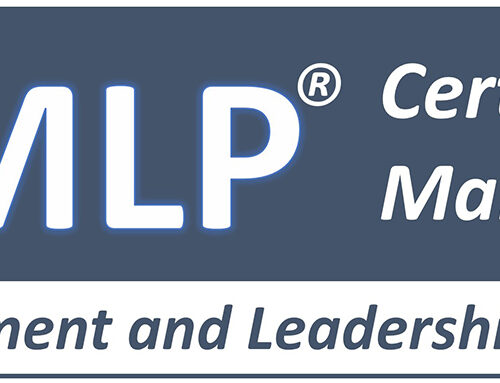This post “How CIOs become IT thought leaders” was first published in my “Developing IT Leaders” column on CIO.com.
When COVID-19 hit, IT had to adjust its internal processes and procedures, logistics, and security policies at the same time it was helping the rest of the organization pivot to a full work-from-home environment. Then, adding additional complexity to an already difficult situation, along came The Great Resignation, where many employees, particularly baby-boomers, decided not to return to work.
For IT, this is doubly complex. For years, IT leaders have competed in the War for Talent to hire the right people with the right skill sets and experience at the right time. Many of the people deciding to retire early in The Great Resignation were working on legacy technologies, such as Microsoft ASP pages, PowerBuilder, and other platforms that were leading-edge marvels in their day, but through the passage of time, have become the technical debt within our data centers—and notoriously difficult to hire for. Added to this is the ongoing need to support the billions of lines of production COBOL, which will outlive us all.
While the move home was mandated by municipal regulation and fear of a widening pandemic, moving back to the office, staying fully virtual, or going hybrid is based on management decision. And it is proving to be much more complex than the move home in 2020—hence the Great Hybrid Confusion.
Here are five tips that will help you successfully navigate running a hybrid IT organization.
Use “time zone banding” as a hiring strategy
Once the decision is made to move toward a fully virtual or hybrid employment model, the next question is where to physically locate your virtual staff. Certainly, having them live near your corporate office is ideal, so they can come into the office as needed or on a predefined schedule, such as every Tuesday or once a month for an all-hands staff meeting.
Your next best option is using the concept of “time zone banding.” The idea is that if you hire people living within one time zone of your office, rather than from around the world, it removes time zone-related logistics and helps you hire the best people, because everyone is working first shift. For example, if you live in Chicago, IL, which is Central Standard Time (CST), by just going one time zone to the east or west, you can hire people within most of the United States and from northern Canada to the southern tip of South America and have everyone working the same business hours.
Use IT as a virtual technology testing ground
Hundreds of millions of dollars are now being invested in new and exciting virtual technology products for use in an office setting. Using IT as the internal company testbed for these new technologies, allows IT to:
- Be seen as the internal thought leader on the use of leading-edge office communication, collaboration, and productivity tools
- Enhance its own internal efficiency and effectiveness
- Better support these technologies when they are rolled out to the rest of the organization because IT will have a user’s perspective of the technology
Avoid creating a bifurcated home/office team
A bifurcated home/office culture is when the employees working in the office have a different culture and feeling about work than those working from home. This split culture can create feelings of us versus them or haves and have nots within the organization. For example, employees working only in the office may feel resentful that they can’t work from home. Conversely, those working from home may feel resentful that people working in the office are getting all the good projects, are more likely to get promoted, and are less susceptible to layoff. Whether these sentiments are true or false is almost immaterial. In this type of situation, perception is as dangerous as reality.
Modify leadership practices for a hybrid workplace
Leading a hybrid team relies on the same best practices and concepts as you use in-person, but you must be much more strategic, tactical and deliberate in their execution. Great leaders over time develop processes for running meetings, delegating tasks, motivating employees, and so on. The trick for you, as an IT leader, is to list each of your successfully developed best practices and analyze how they can be modified to work within your hybrid environment.
Beware of the slippery slope
A hybrid-related decision or well-intentioned favor provided to one employee by one manager has the potential to accidently set a precedent. As an IT leader, your hybrid employee policies must be clearly defined with as little room for interpretation as possible and must be universally applied by all IT managers.




